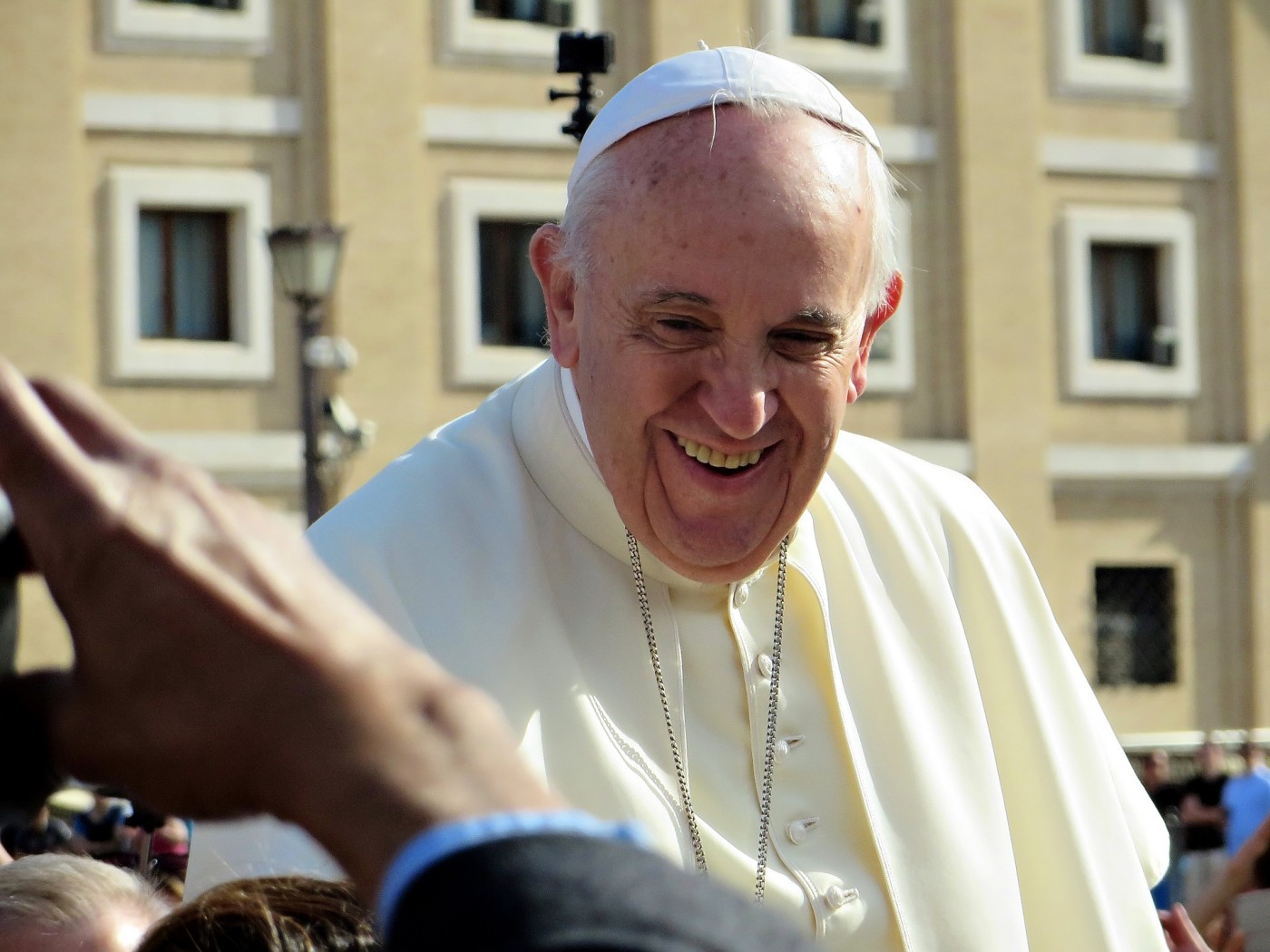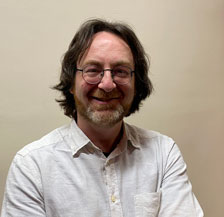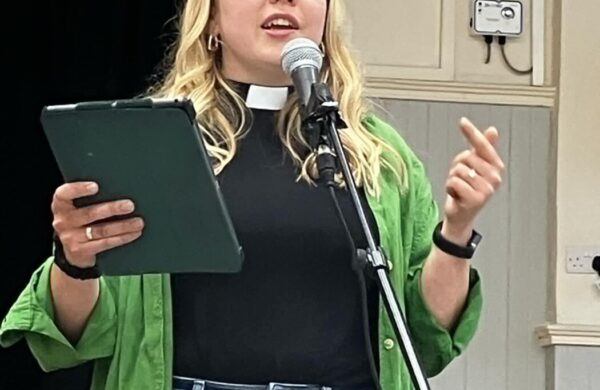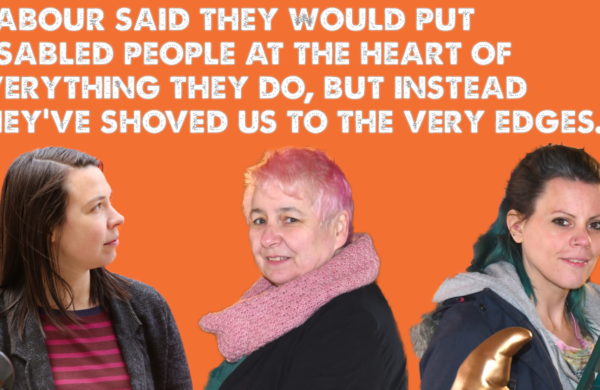How the Pope’s words 10 years ago challenge & changed us
Ten years ago this month, Pope Francis announced that he wanted "a church that is poor, and for the poor".
A poor church, for the poor.
Those words, issued during his first address to the media after his election as Pope, were a challenge to denominations and church leaders all around the world – and also to us, here at Church Action on Poverty.
What would a poor church, for the poor, look like?
What would it mean for the way our churches operate?
How might it change our understanding of church, faith and community?
A profound challenge for us all
These words and this challenge became an ever-present context for our work here at Church Action on Poverty. It challenged our thinking and our priorities, and sparked countless profound, interesting and deep discussions.
Church on the Margins
We began discussing the issue more and more widely. and by 2016 we published our first report, bringing together wisdom, insight and opinion from across the churches.
Here are just a few of the comments and reflections contained in that report:



Church of the poor: a lasting work
That 2016 report, as Niall said at the time, was only the beginning.
In 2018, we produced a concept note, Church of the Poor? Helping the Church Hear the Cry of the Poor in 21st Century Britain, and then in 2020 we launched our Church on The Margins programme.
From the outset, we were impressed and inspired by the Church of Scotland, whose ‘priority areas’ work gives clear priority to low-income neighbourhoods. How would other denominations compare?
This work recently reached a very significant milestone, when we published two important new reports:
- What does it mean to be a church on the margins?
- Is the church losing faith in low-income communities?
The first looked at statistics, to see how the biggest English denominations were engaging with low-income neighbourhoods.
Worryingly, the research team found that church closures between 2010 and 2020 had disproportionately happened in low-income areas, with only one of five denominations bucking that trend.
Those two reports deepen our collective understanding or what it means to be “a poor church of and for the poor”. But they are not the end of the journey either.
We are now looking at new ways to engage and challenge churches, at local and national level, to respond in meaningful and tangible ways to the Pope’s challenge, ten years ago this week.





Comments (02)
Comments are closed.